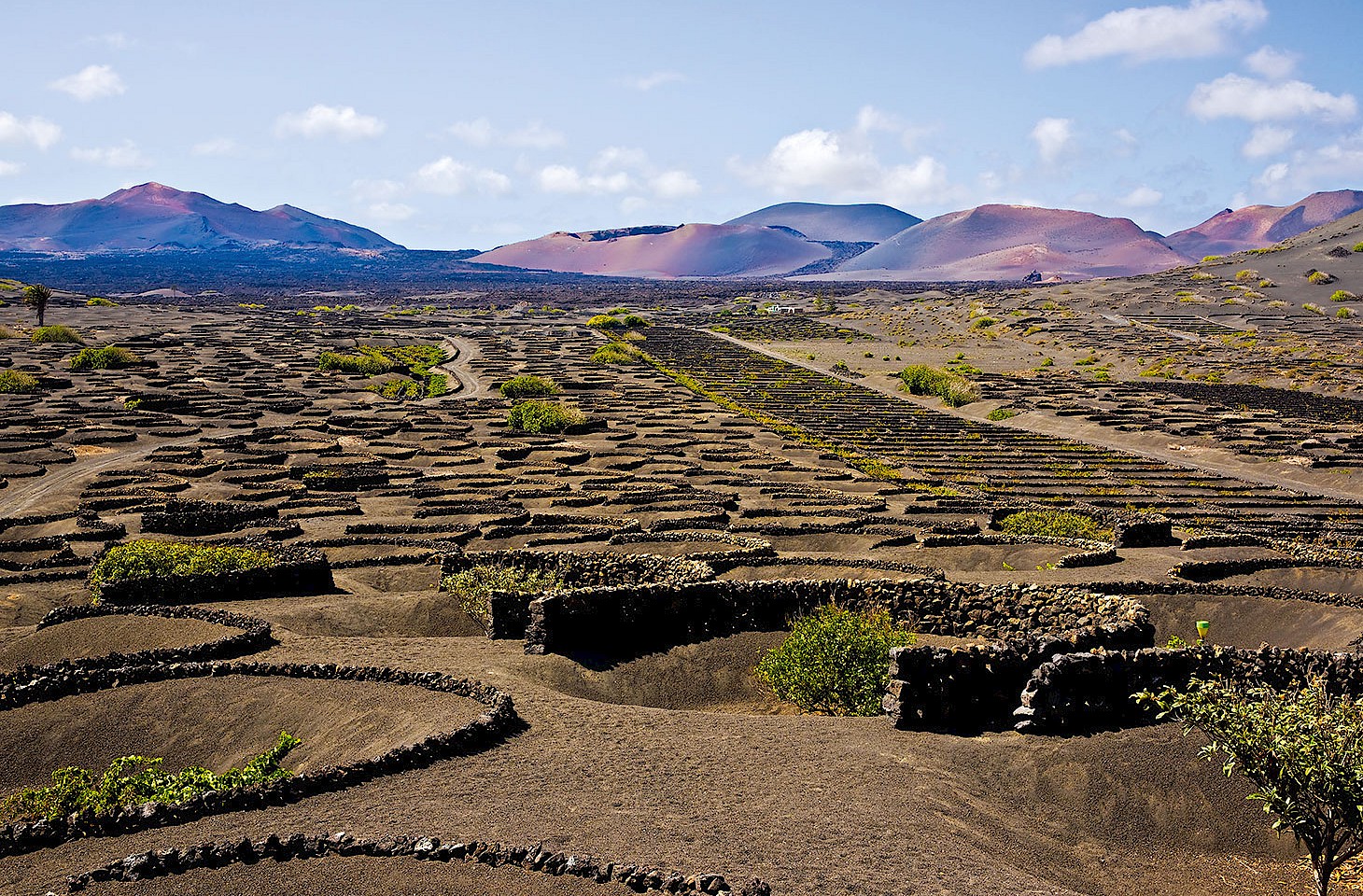Dear fellow travellers
The sky takes on a different quality in the run-up to Christmas. The grey cloud-folds of Advent have rolled back, and suddenly the air is brighter, drier and clearer. The trees have been flayed by autumn. Only bare skeletons remain, their outlines haunting the December landscape.
Winter is creeping over Europe, its progress marked by the candles on our Advent wreath. First one candle, then two, last Sunday a third, and today as dusk falls a full flush of four candles burning bright.
Fire and Advent go together, and the iconography of light and dark is writ deeply into the lives of many across Europe. The short solstice days encourage many in Germany to leave burning candles in their porches or on their window sills. For Scandinavians, the feast of Saint Lucia is a chance to bring a little light into private and public life.
John Donne has words for this season that is the midnight of the year. For Donne it was a time of "dull privations and lean emptiness."
Clearly something has changed since Donne's day. Mince pies and Christmas parties evidently played no role in John Donne's traditional celebration of Advent. Purple is the prevailing liturgical colour in churches across Europe in the weeks prior to Christmas. And purple means penitence. Cast back several centuries and Martinmas (in mid-November) was followed by a period of fasting in the western liturgical tradition.
But penitence is an old-fashioned piety. Nativity celebrations nudge ever further forward into Advent. Christmas comes ever earlier.
This creates ambiguities. The lovely French carol Il est né, le divin Enfant (He is born, the divine Child) just doesn't have the same impact in early December. Hardly had we lit the first candle on our Advent wreath than choirs were busy ding-donging merrily on high and commending the quiet beauty of "Silent Night, Holy Night." If only. If only.
Look east across Europe and it is easier to find communities that still take Advent seriously. In Orthodox Europe, the tradition of fasting pre-Christmas still prevails - and the period of fasting is rather longer than western Advent, running from 28 November to 6 January. The pre-Nativity Orthodox fast is not as strict as the Lenten Fast, but those Christmas treats surely taste all the better after a period of sustained fasting.
In our travels around Europe, we are struck how Advent and Christmas traditions vary so widely from country to country. Of course German Christmas markets are now everywhere, from Scotland to Sicily - although it is hard to discern anything particularly German about some of those markets. There is, after all, nothing peculiarly German about grilled sausages and mulled wine.
But move beyond those commercial markets (and they are cynically commercial ventures) and there are still distinctly local flavours to the season. From lussekatter in Sweden (on Saint Lucia's Day) to the sharing of oplatki around the dinner table in Poland (on Christmas Eve), Europe reveals a feast of seasonal traditions.
Many central Europeans assume that the whole world eats carp on Christmas Eve, just as the English might expect everyone to indulge in turkey on Christmas Day. The festive table remains a happy antidote to globalisation. Christmas marks a Europe of great variety, even to the extent that we cannot agree on the question of date. In some countries 24 December marks the high point, elsewhere it is 25 December. And much of the continent will even then only be starting to think about Christmas fare. For in Russia, as more widely across much of Orthodox Europe, the feast of the Nativity will be marked on the night of 6 to 7 January.
For travellers, there is thus the chance of planning one's itinerary to secure a double dose of Christmas. Or even avoiding it entirely. Now there's a thought.
Nicky Gardner and Susanne Kries
(editors, hidden europe magazine)



